This Neuroscientist Loves The ‘Extremes’ In The Animal Kingdom
Enter Ken Catania’s lab: A curious space filled with fake zombie arms and star-nosed mole portraits.
The star-nosed mole is unlike any mole you might have seen wreaking havoc on your garden. Bursting from its snout is a ring of 22 retractable fleshy appendages arranged in a bright pink star. While one look at the nose of the slick dark-furred creature might be frightening to most, neuroscientist Ken Catania sees past its unusual appearance.
“They’re adorable—they’re like Tribbles from the original Star Trek with a star nose on the front,” says Catania, Stevenson professor of biology at Vanderbilt University in Tennessee. “They are just incredibly cool creatures with this mysterious structure.”
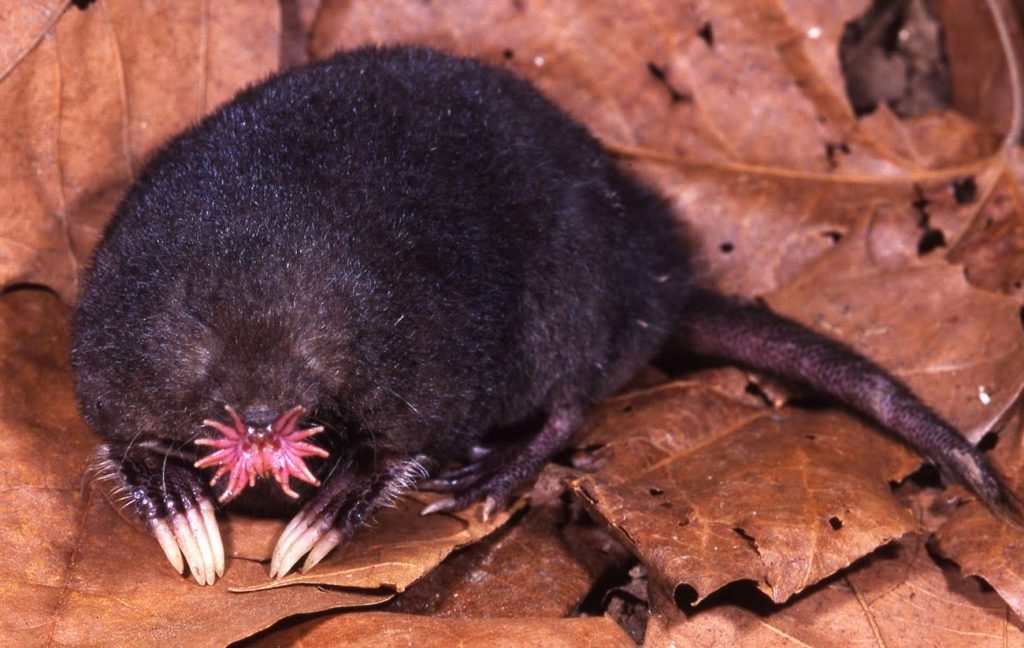
The mysterious star is what pulled Catania into nearly three decades of animal sensory systems and brain evolution research. But, the star-nosed mole is just one outlier of the animal kingdom that Catania studies.
The research that comes out of his lab at Vanderbilt University shines a spotlight on what he calls ‘extremes,’ or sensory specialists. Since studying the star-nosed mole, his work has expanded to an array of species with mysterious specialized sensory abilities and structures—from electric eels to tentacled snakes.
“I do like the extremes,” Catania says, who appeared in a recent interview with Science Friday. “I like animals that are kind of out there in their specializations.”
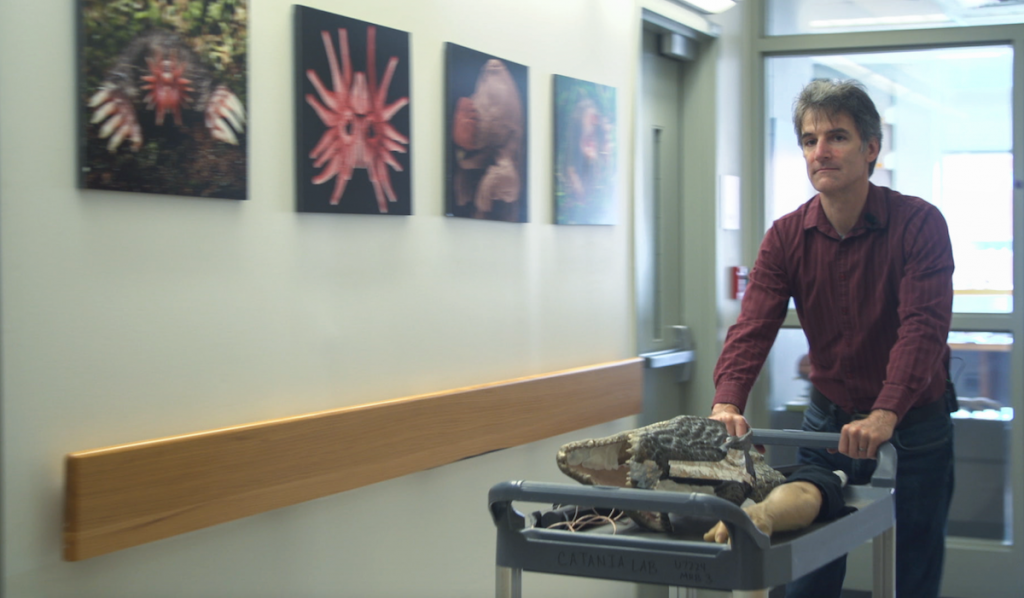
To study these extreme animals, his lab contains an assortment of water tanks of various sizes and high-speed cameras to capture quick predator-prey interactions. The walls are adorned with large portraits of the star-nosed mole’s star (a little plush doll can even be found on his desk). And perhaps one of the most peculiar items in his lab is a collection of zombie dummy arms sitting by the front door.

In 2015, students walking by his lab might have caught him scrubbing off the fake blood and green veins, and drilling holes to place diodes through the length of the rotting limb, Catania says. “It’s just funny because there’s enough medical stuff in Vanderbilt that a student wouldn’t know if that was a real arm of not,” he says.
Using LEDs, the zombie arms gave a dramatic life-like visualization of an electric eel’s shock up an arm, which was featured in a previous Science Friday video.
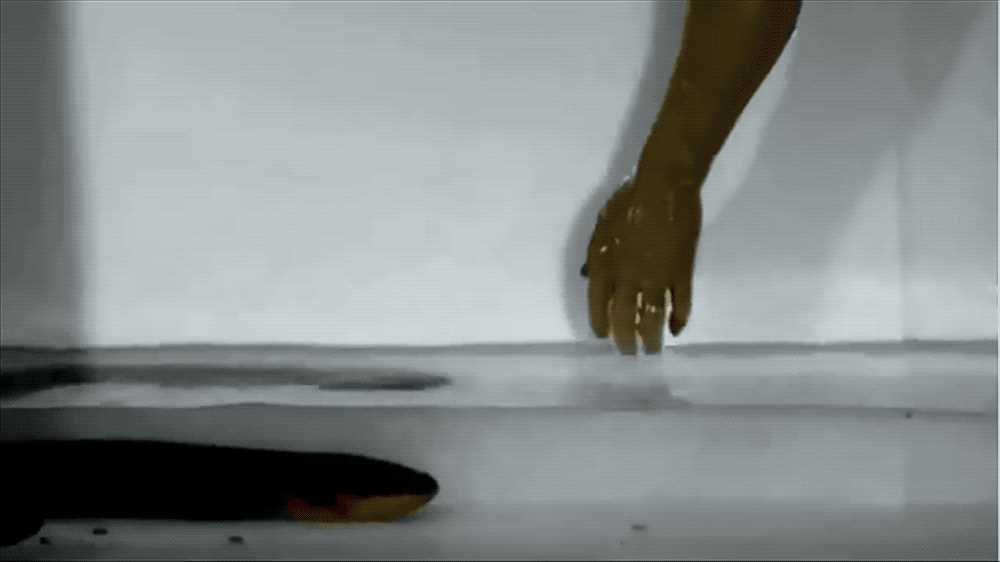
The star-nosed mole isn’t the only animal with unique specialized facial sensory organs. For example, Catania has studied the water shrew, a small mammalian diver that could detect the textures and shapes of prey with its whiskers. The tentacled snake has two appendages protruding near its mouth that help detect the location of a nearby fish before it launches its vicious spring-like attack.
Catania once even participated in a weeklong crocodile and alligator wrangling course to study the thousands of small black dots that cover their scaly jaws. He and his former graduate student Duncan Leitch, who is now a postdoctoral scholar at the University of California, San Francisco, discovered that these black dots are actually ultra-sensory organs.
“You may think of crocodiles and alligators as these armor-protected, scaly creatures,” says Catania. But it turns out, “that the front of their faces are more sensitive than human fingertips.”
Catania’s curiosity for animal super senses all began with the star-nosed mole, an underground dweller that averages eight inches in length. During his undergraduate years at the University of Maryland in the late 1980s, he was hired as a research assistant for the Smithsonian’s National Zoo. Catania was assigned an unusual job by the head curator of mammals: finding and catching the elusive star-nosed mole.
“I was a kid who grew up in the woods chasing animals, and I was really good at finding creatures, so part of my job was to find and collect star-nosed moles for the zoo and do research on them,” says Catania.
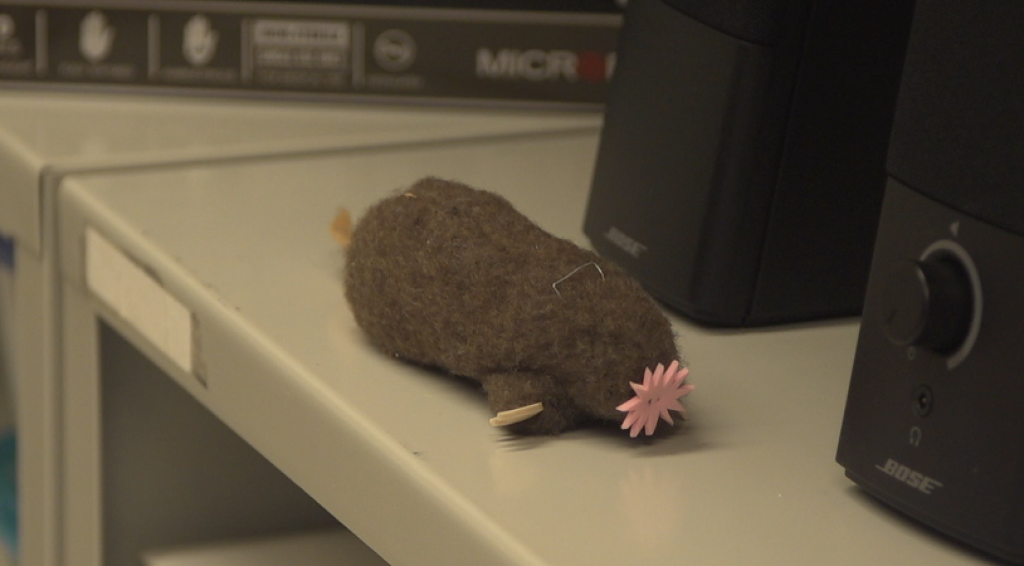
The soft star is currently the most sensitive touch organ to ever be described in a mammal, says Catania. For instance, the human hand has approximately 17,000 tactile sensory units. The star organ—about the size of a fingertip—has a whopping 100,000.
“The star is almost like a retina stuck on the outside of the animal. It’s amazing,” he says. “No other mole could have that structure.”
The star-nosed mole is the only known species of mole to have such a delicate, specialized organ. This is in part due to the moist, muddy environment it lives in, says Catania. The high humidity and muddy soil is not as abrasive on the nose as other environments might be, he says.
The mole scavenges for food by rapidly bobbing and padding its sensitive star through the surface layers of swampy wetlands. Similar to our eyes, the star has a high-resolution point in the center with lower resolution radiating outwards. The structure helps the star-nosed mole quickly find food, gobbling up earthworms and insect larvae in just 120 milliseconds. But, only 12 to 25 percent of its foraging happens on land—the rest occurs underwater.
In 2006, Catania made a surprising discovery. Using high-speed cameras, he filmed a star-nosed mole as it followed a scent trail at the bottom of a water tank—and observed what could only be described as underwater sniffing.
“I saw this very strange behavior where it was exhaling air bubbles onto things and then re-inhaling the same air bubbles,” Catania says. It dawned on Catania that the star-nosed mole was collecting odorants caught in the bubbles.
The star-nosed mole is one of a select few mammals that can sniff underwater. Catania also found that the water shrew exhibit a similar behavior, and in 2013 a group of scientists at the Russian Academy of Sciences discovered that the Russian desman (a close relative to the star-nosed mole) could also sniff underwater.
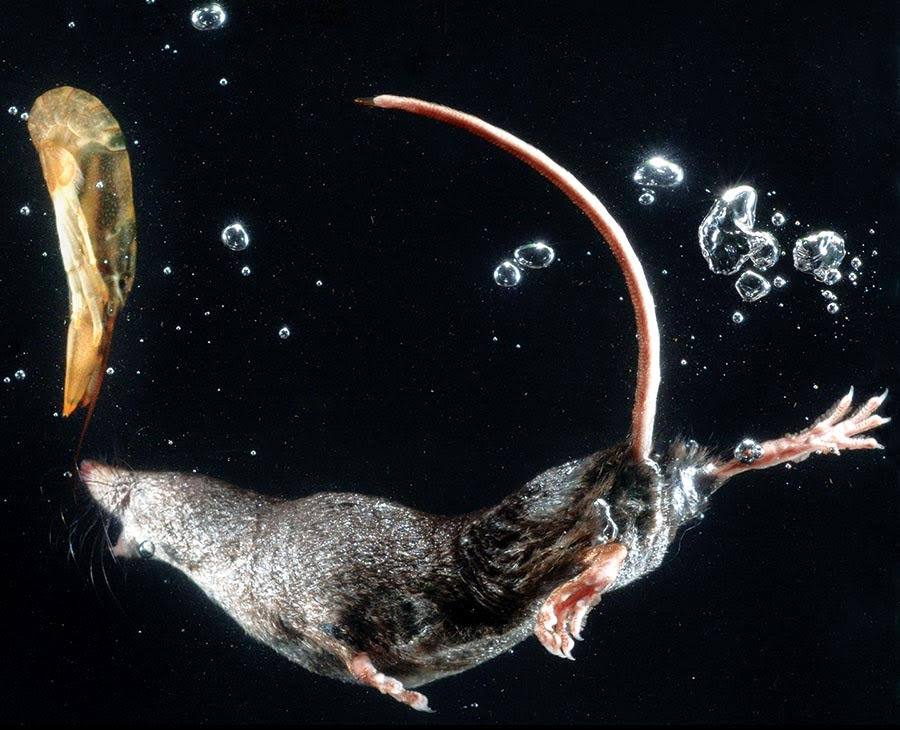
While trapping and collecting star-nosed moles, Catania has encountered other notable creatures like water shrews, tiny masked shrews, weasels, voles, and mice. He quickly realized that the tunnels were like an expansive underground metropolis made up of mammals, insects, and other life.
“It’s an amazing ecosystem, and we really don’t know much about the dynamics of that incredible ecosystem.” Learning more about these animals and how they interact with each other and their world is one of the things that drives Catania.
While Catania’s larger research focuses on the unexplained facets of sensory systems and brain organization, he continues to be amazed by every ability he discovers about the ‘extreme’ animals that make their way into his lab.
“I think there’s a lot, not only in star-nosed moles, but in other diverse species that can be learned,” he says. “But, I also like to really emphasize that they’re amazing animals in their own right. I think there’s a value in just learning about just what kinds of interesting things are happening in our world and with animals.”
Lauren J. Young was Science Friday’s digital producer. When she’s not shelving books as a library assistant, she’s adding to her impressive Pez dispenser collection.